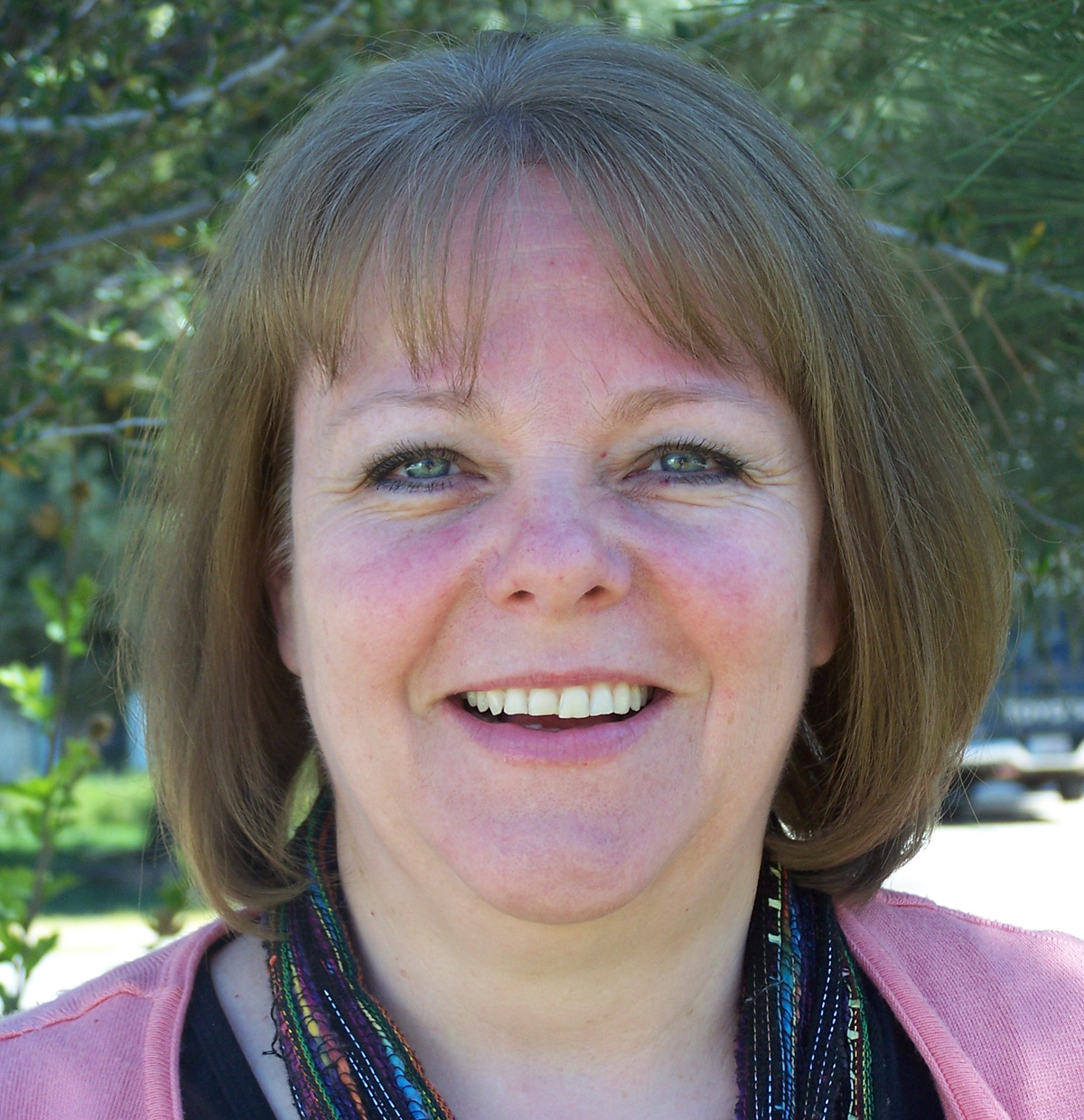Teacher Award
State & National Teacher Award 2013
Kaylene Esplin

I teach an integrated 8th grade science curriculum (ecology, chemistry, geology and physics). Previously I taught one term of each discipline but I wanted to find a way to integrate these science disciplines to demonstrate how the sciences overlap in real world applications. I attended a Utah Agriculture in the Classroom (AITC) workshop and I decided that instead of just adding agricultural concepts into my lessons, I would use agriculture to contextualize and deliver the integrated curriculum.
It always amazes me how little students know about farms and where their food comes from. Some examples of misconceptions I have had to address include: all cows give us milk; bulls give milk; only boy cows have horns; chocolate milk comes from brown cows; roosters lay eggs; you are murdering a baby chick if you eat eggs; all meat is bad for you; and all farmers are rich because food is expensive. In an effort to address misconceptions in agricultural science, I revamped my entire 8th grade year-long science curriculum. I developed labs, group activities, writing assignments, and worksheets using agriculture to teach each science concept (the details will be discussed in the next section). Using agriculture as a strategy and theme to communicate and deliver my course has allowed me to educate, advocate, and impart the importance of agriculture, while at the same time increase science understanding.
I took my entire year of science curriculum and used agricultural concepts and examples to teach all the 8th grade Utah Science Standards. I could not list every agricultural activity I have used in my classroom but I will give a few highlights from each standard:
ECOLOGY: I developed a Candy Food Web Lab. It takes one day and teaches how energy flows through an ecosystem, food webs and food chains on a farm and how agricultural land fits into the ecosystem. The Farmer Lab has each student grow a crop for two weeks. They choose radish, flower or wheat seeds to grow. They learn about recording data, experiment variables, photosynthesis, abiotic/ biotic factors, crop failure and harvesting. The Baby Bunny Project lasted all year and students raised two bunnies in my classroom to further their understanding of fact vs. inference, qualitative and quantitative data, caring for livestock and healthy food supplies. The Keys to Stewardship Game (myamericanfarm.org) helped my students to learn more about what farmers do for the environment and further engaged them in an environmental discussion.
CHEMISTRY: In the White Powder Lab (duration, two days) I used all the different white powders that you would find in a pantry, sugar, flour, etc. and then taught the concepts of physical and chemical properties, where different foods come from, and how each powder started out as a crop on a farm. The Farm to Fork Food Lab has students exploring the changes that occur to food from a seed on the farm to the food they are about to eat in class. Students make butter and other foods as they learn the difference between physical and chemical changes. It lasts one class period. The Ice Cream Lab takes two days and has students making their own ice-cream where they apply the concepts of phase changes, molecular movement, temperature, milk production, cows, nutrition, and how we get milk and ice-cream.
GEOLOGY: The Earth Changes Lab teaches weathering and erosion, soil formation, crop rotation and soil conservation methods used by farmers. The Edible Rock Lab takes three days to simulate how each type of rock is formed. Students make the three types of rocks using graham crackers, frosting, gummy worms, chocolate, marshmallows and other food. To better understand the rock cycle, sedimentary, igneous, metamorphic, rocks, fossils, farmer use of minerals and organic matter, and what makes fertile soil.
